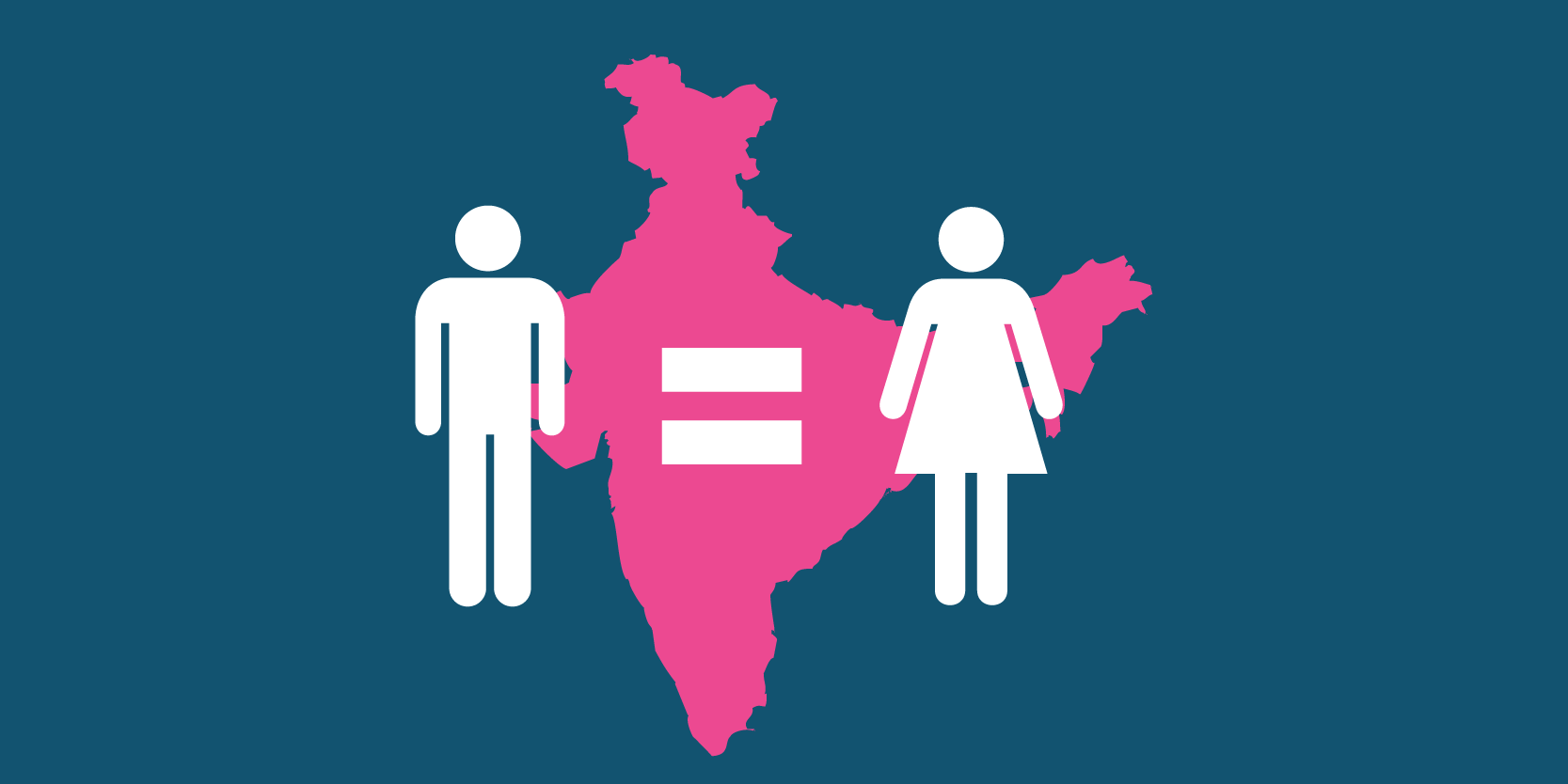
The growing attention around the Indo-Pacific presents new opportunities for India to further its power ambitions and expand its footprint across the region. India’s lead in adding a gender-inclusive perspective to cooperation could greatly improve outcomes and help meet the global expectations of keeping gender equality at the centre of the G20 agenda.
With the outbreak of Covid-19, everything in the world has been categorised into pre-pandemic and post-pandemic. And this includes gender parity as well.
In the post-pandemic era, research shows that, regardless of an economy’s size and the level of development, women have been disproportionately affected—primarily due to over representation in sectors that were hit the hardest and also the pre-existing gender disparity.
According to the Global Gender Gap Report 2020, even before the pandemic, only 55% of women were engaged in the labour market globally as opposed to 78% of men. It will take the next 132 years to attain full gender parity, as per the more recent Global Gender Gap Report 2022.
Research on the link between gender equality and trade has been held back by limited data and a lack of understanding of the connections between women’s roles as workers, consumers, and decision makers.
While the 2020 joint World Bank and World Trade Organization (WTO) report makes an initial attempt, the question here is: why does empowering women really matter, more so in the context of India accomplishing its growth and leadership goals?
Levelling the playing field for women
India has been taking various initiatives with respect to changes in trade policy and capacity building for digital access, financial literacy, and trade upskilling. India’s high-level commitment towards gender-inclusive trade is reflected in the Government’s National Trade Facilitation Action Plan 2020-23 wherein Action Point 27 is specifically aimed at promoting gender inclusiveness in trade.
During the pandemic, India took several measures to facilitate trade and ensure seamless cargo clearance at ports through the Turant Customs Programme, which aims to make the customs clearance process faceless, contactless and paperless. An increasing shift from physical to digital has the potential to level the playing field for women.
While these reforms are noteworthy, more needs to be done to bridge the gap. Female participation in total labour force stands at 20.3%, while the male participation is 75.3%, as per 2020 estimates. The participation rate for women in trade is even lower.
Gender-inclusive trade
Trade policy, by its very nature, depends on international and multilateral trade architectures. Besides the WTO, the emergence of other regional and multilateral trade policy arrangements offers broadened horizons. Indian policymakers, the private sector, NGOs, and others committed to advancing gender equity through trade should seek to harness the Indo-Pacific Economic Framework (IPEF) for Prosperity, the Quad, India’s 2023 G20 Presidency, and other multilateral initiatives in the region to advance gender-inclusive trade.
Countries in the Indo-Pacific are already making progress towards facilitating a more equitable and rules-based order in the region, through the Quad, the Supply Chain Resilience Initiative, and trilateral arrangements between India-Australia-France and India-Japan-US.
The four pillars of IPEF–Trade, Supply Chains, Clean Economy, and Fair Economy—aim to advance resilience, sustainability, inclusiveness, economic growth, fairness, and competitiveness, and centrality of women’s empowerment in all of these cannot be overstated.
Women’s participation in trade makes it fairer, more resilient, and better able to support supply chain resilience while digital trade tools can play an important role in promoting women’s participation in supply chains. Women’s full participation in renewables is essential for a fair and green future, and, according to research, greater proportion of women leads to a decline in corruption levels.
Gender-disaggregated data collection
To improve women’s participation in trade, various reforms are needed, as laid out in detail in my latest policy brief titled ‘Women’s Inclusion in India’s Trade Ecosystem’. But to implement any kind of reform, a cross-cutting recommendation is collection of trade statistics broken down by gender.
For informed policy-making and impact assessment, it is recommended to collect national gender-disaggregated data at the firm level and, more importantly, make it readily accessible to third-party research organisations.
More granular data collection will allow policymakers to better assess the degree to which women participate in international trade as well as barriers to gender equity, ultimately leading to more effective policy interventions and reforms. Gender analysis is the opposite of being gender blind or gender neutral.
Gender budgeting
The concept of gender budgeting is gaining legitimacy in India. In the financial year 2022-23, 41 ministries/departments/union territories reported an amount of $20 billion in the Gender Budget Statement, an increase of 11.5% over 2021-22. It is necessary to take this exercise further to ensure gender sensitive formulation of legislations, policies and plans, which cannot happen in the absence of gender disaggregated data. Only “what gets measured gets done”.
Reform areas
With greater availability and access to trade statistics broken down by gender, focus can be on other reform areas such as (1) skilling, training and mentoring of women, for transition to higher levels of trade value chains and induction in trade-related leadership positions, more specifically in the renewable sector to implement women-led clean energy solutions; (2) reforms in trade institutions to overcome gender financing gaps and enhance women’s participation in decision-making trade meetings at the port-level such as the Permanent Trade Facilitation Committee (PTFC) and Customs Clearance Facility Committee (CCFC), referred to as the PTFC/CCFC meetings in customs parlance; (3) high-level trade policy reforms like incorporating gender-specific provisions in new trade agreements; and (4) women’s holistic empowerment, particularly through greater investment in care economy and mandatory gender-tagging of all projects. Each of these reforms can play a vital role in advancing the IPEF pillars.
To start with, a Big Push Graduation Approach, which includes an initial big push of cash, productive assets, basic banking services, and continuous mentoring for a lasting change, can be facilitated by the state governments in partnership with the donor agencies, enabling women to start their own businesses, promote ease of doing business for them, cater to their needs, and create a more equitable and inclusive trade ecosystem that will also enable India to make greater strides in regional partnerships.
The author is Associate Director at New Delhi-based Bureau of Research on Industry and Economic Fundamentals. Views expressed are personal.
Edited by Swetha Kannan
(Disclaimer: The views and opinions expressed in this article are those of the author and do not necessarily reflect the views of YourStory.)





![Read more about the article [Funding alert] Gurugram-based 3SC raises $15M in Series B round led by GEF Capital’s South Asia Fund](https://blog.digitalsevaa.com/wp-content/uploads/2021/07/funding-1625115361141-300x150.png)




